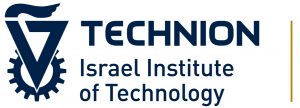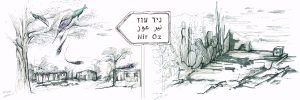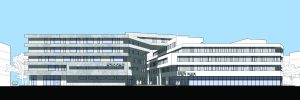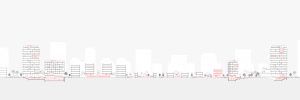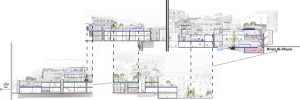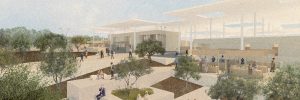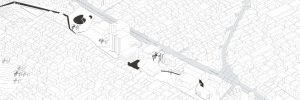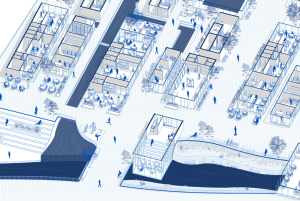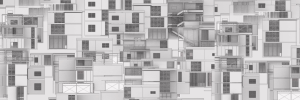Strengthening a Fragmented Identity
The complex relationships between regime, space, and identity represent a global phenomenon that manifests in various situations, at times with negative consequences and at times with positive ones. One of the most extreme cases illustrating these interactions can be found in the Jerusalem area and the surrounding Palestinian villages. An example of this is the situation in Jerusalem, influenced by the political and military events of the 20th century, which led to significant territorial changes – from wars and political divisions to the unification of the city and the annexation of East Jerusalem. These changes in the city’s borders and in the Palestinian space have profoundly impacted the identity and communal structure of the residents in this area (Politics 33 – Spring 2023 issue).
This study focuses on the Palestinian village of Beit Safafa, located in southwestern Jerusalem, and examines the complex dynamics between identity-building processes and community formation, and the Israeli government’s policies, which often favor spatial and urban development at the expense of development opportunities for local Palestinian communities. These processes create an ongoing conflict between the villagers’ desire to preserve their collective identity and develop their communal space, and the limitations imposed by the government, which affect the community’s ability to expand and develop infrastructure. The struggle over the geographic space, both through urban planning and through the dynamics of belonging and identity, makes Beit Safafa a case study of the complexity between state, identity, and space in the city and in politically sensitive areas like Jerusalem.
The concept of identity is a key term for understanding the examined situation, with this study defining three levels or three components of the village’s identity: the first is organic identity, representing characteristics that develop almost naturally and organically over time; the second component is dictated identity, stemming from events and government policies that have influenced the village’s existence and development; the third is resisting identity, which includes a variety of activities that the people utilize as tools to resist the imposed reality.
The project identifies “weak sites” in the village where dictated processes occur, and proposes reinforcement based on organic and resisting identities at three of these sites. The first focuses on strengthening social ties; the second deals with improving living conditions and construction; and the third concentrates on developing economic initiatives suitable for Beit Safafa. The project’s goal is to understand the complex dynamics between the government, and identity and space in the village, and to identify ways to encourage the strengthening of the community’s identity by coping with the imposed challenges.
